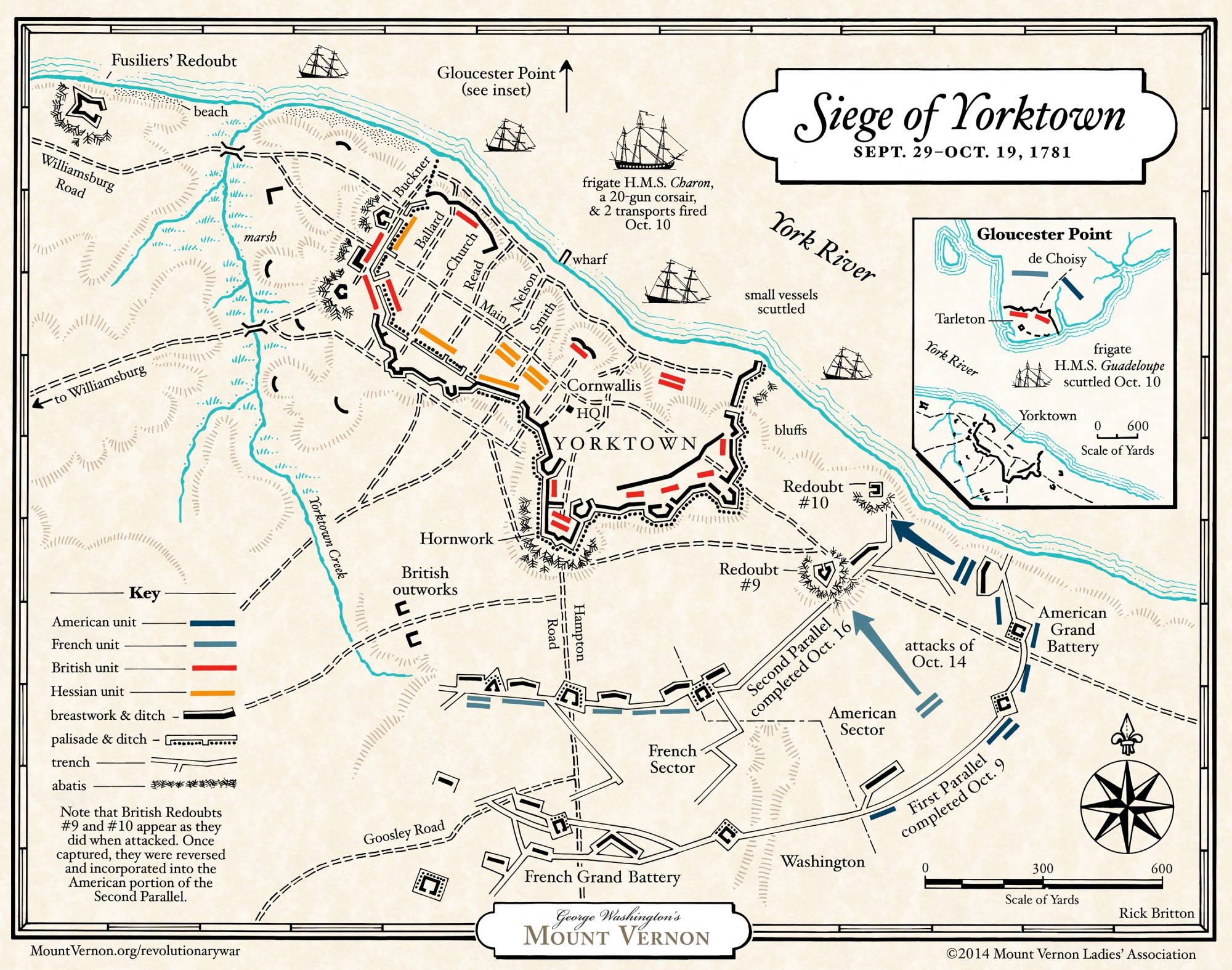
When he finally met Steuben on the road from York, Washington was not disappointed. Even though the Baron was dressed in the crisp uniform of a Prussian general with a jeweled medallion across his chest, he only had a small entourage with him including a secretary, a servant, and his beloved dog Azor. Washington later learned that Steuben had only risen to the rank of captain, however, the Baron’s expertise in military training was second to none.
Born a commoner in 1730, Captain Steuben served on the general staff of Frederick the Great during the Seven Years' War. After the war ended, Steuben was dismissed from the army when Frederick the Great drastically reduced military spending. For the next twelve years, Steuben worked as the chamberlain of the kingdom of Hohenzollern-Hechingen. By the mid-1770s, he had restyled himself as a baron, but was in fact desperate for money and a better position. At this low point in his life, Steuben met Benjamin Franklin in Paris who recognized him as an experienced soldier who could bring order to the Continental Army.
Upon Washington's recommendation, Congress appointed Steuben as a Major General and the Inspector General of the Continental Army. Steuben promptly formed a model company of soldiers and trained them to march, use the bayonet, and execute orders quickly on the battlefield. In turn, this company trained all the able-bodied soldiers at Valley Forge. Steuben also worked with Alexander Hamilton and the Marquis de Lafayette to create a training manual for the Continental Army. Known as the Blue Book, the manual guided the American army all the way through the War of 1812.
When the Continental Army finally marched out of Valley Forge in June 1778, the well-trained Americans nearly bested the

Mary Stockwell, Ph.D.
Notes: 1. "Baron Steuben to George Washington, 6 December 1777," The Papers of George Washington Digital Edition: Revolutionary Series, Volume 12, edited by Ted Crackel (Charlottesville: University of Virginia Press, Rotunda, 2008), 567.
2. "George Washington to Baron Steuben, 23 December 1783," The Writings of George Washington from the Original Manuscripts, Vol. 27, ed. John C. Fitzpatrick (Washington, D.C.: Government Printing Office, 1931-1944).
Bibliography: Fleming, Thomas. Washington's Secret War: The Hidden History of Valley Forge. New York: Harper Perennial, 2006.
